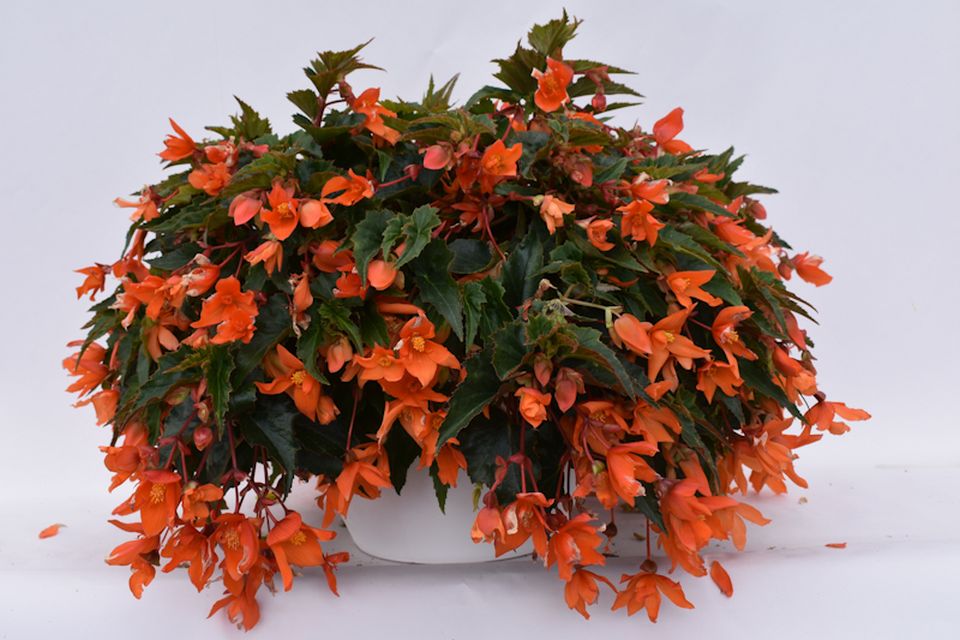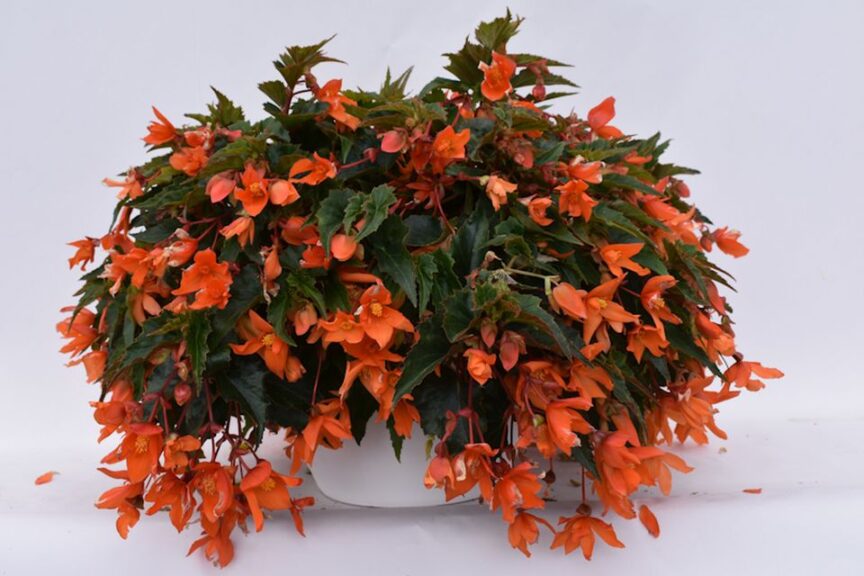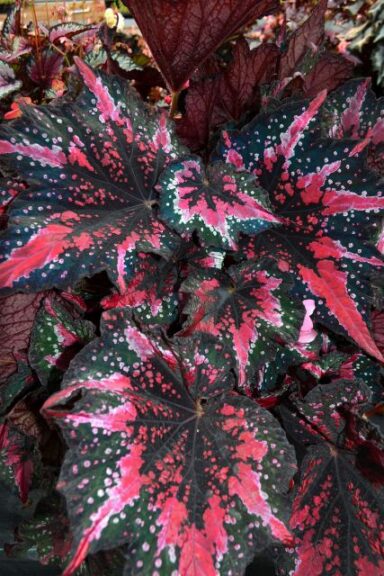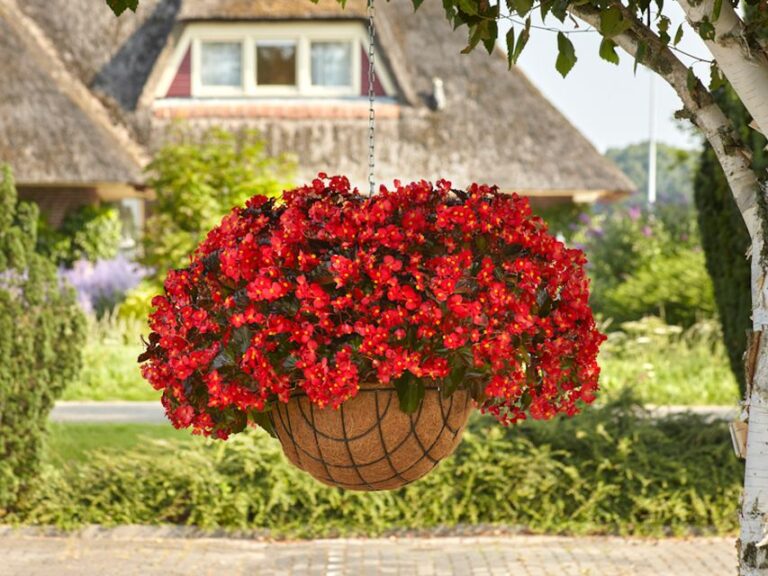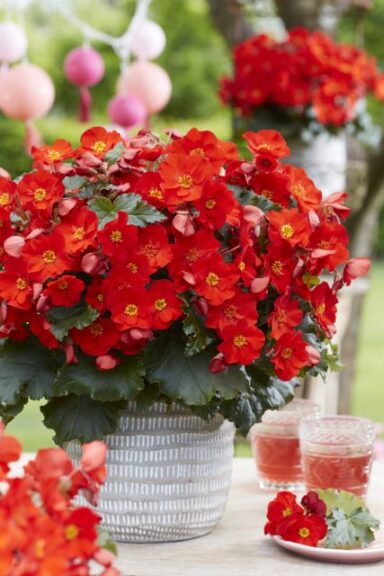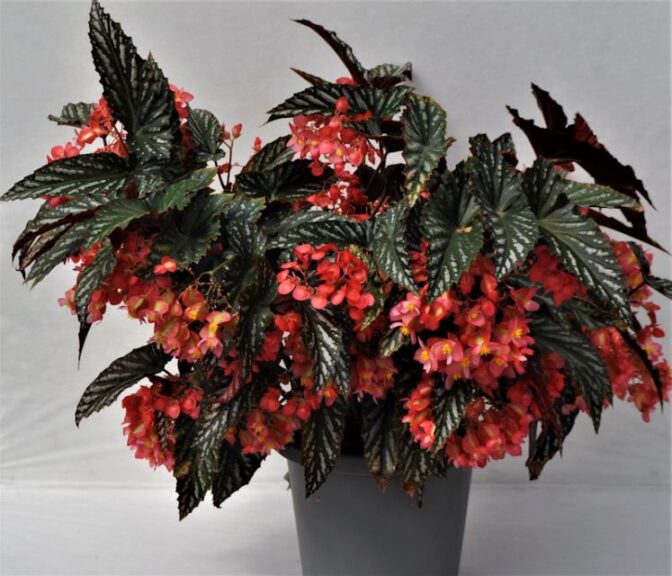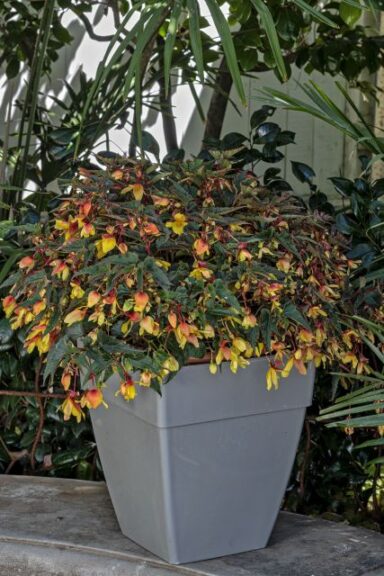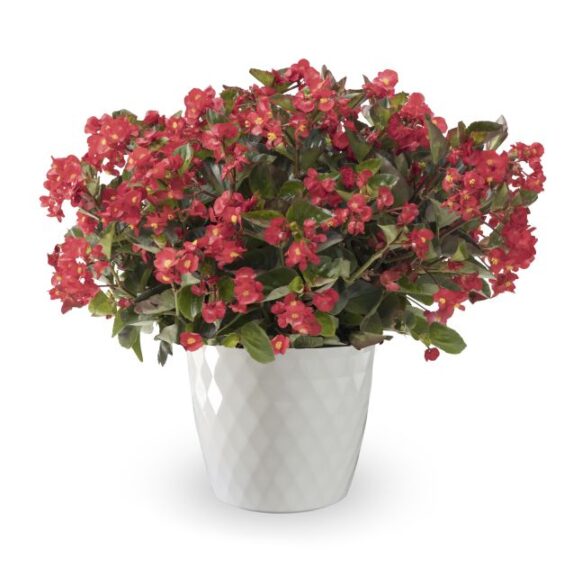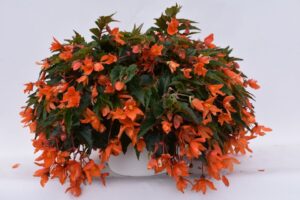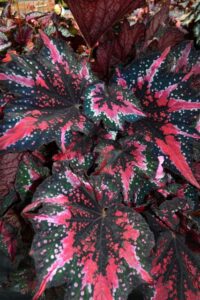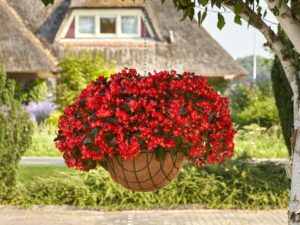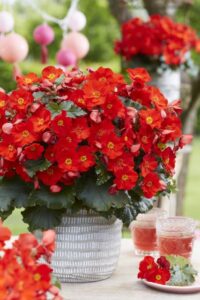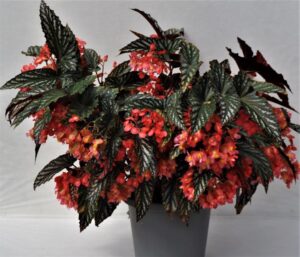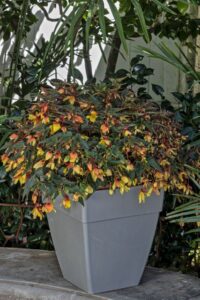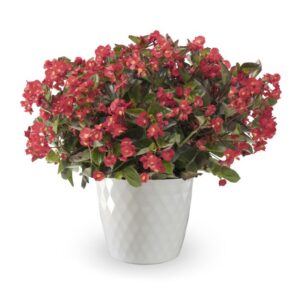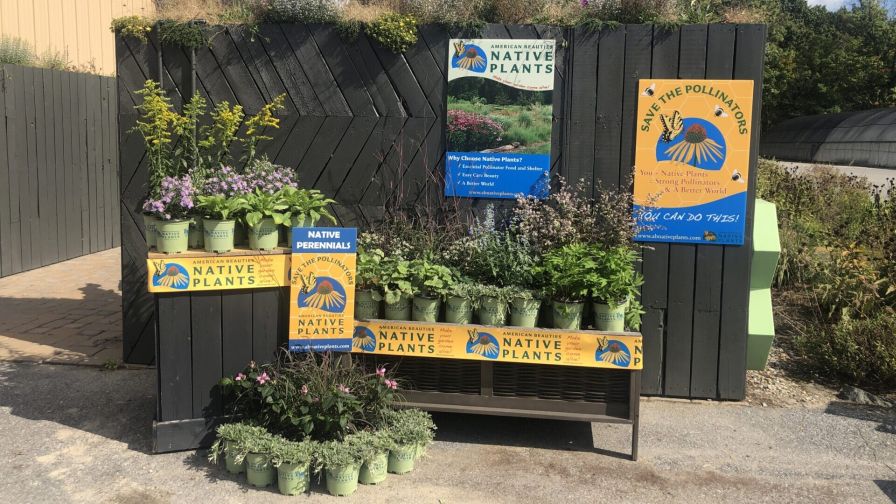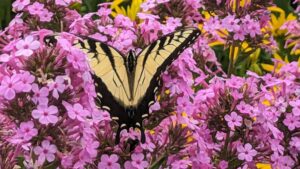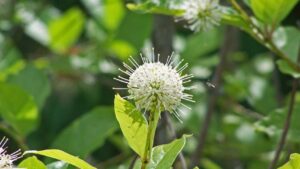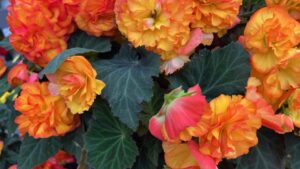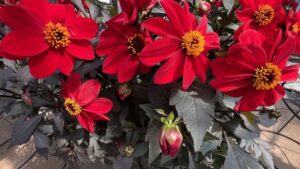Why Begonias Have Been The Backbone of Gardens for More Than a Century
As one of the largest plant genera in the world, with more than 2,000 named species — not to mention hundreds of hybrids — begonias are a study in contrasts. They flower in nearly every color and can grow in full sun or full shade. They can be upright, with structured cane-like stems, or pendulous, hanging over the edge of baskets. Begonia seeds are exceedingly tiny, and they are the most valuable material in the world. One gram of 100,000 begonia seeds is worth $8,000 — more than plutonium, caviar, and gold. Yet, consumers can buy a begonia plant for just a few dollars.
The diversity of the genus means a large gene pool for breeders to work with. And work with them they have! For more than 100 years, breeders have hybridized begonia species from around the world (none are native to North America) to bring gardeners beautiful, dependable plants for pots, baskets, and landscape beds. For a brief history of begonia breeding and a look at what breeders are working on now, Greenhouse Grower turned to some well-known industry experts.
When most home gardeners think of begonias, it’s the wax begonia, hybrids of Begonia semperflorens.
“Wax begonias were really big in the 1980s and 1990s and they still are now,” says Allan Armitage, Ph.D., Professor Emeritus of Horticulture at the University of Georgia and Greenhouse Grower Contributing Editor. “They are a landscaper’s dream, because they’re tough. They’re what I call bread-and-butter plants. Of course, breeders have been developing varieties with bigger flowers and bigger leaves, such as the Big series (Benary), the Whopper series (Ball Seed), the Viking series (Sakata Ornamentals), and the Top Hat series (Syngenta Flowers).”
NonStop Begonias Put Begonias into Pots
NonStop begonias were a major breakthrough, Armitage says, likening them a bit to a tuberous begonia, but much easier to grow outdoors. Introduced by Benary in the 1980s, NonStops came in not only the traditional white, pink, and red like wax begonias; they also came in orange and yellow. Rieger begonias, introduced in 1955 by breeder Otto Rieger, were similar to NonStops, but had a longer bloom time. Both did well in pots and as gift plants.
Angel Wings and Dragon Wings
It is hard to imagine a patio or planting without Dragon Wing begonias included somewhere, but they have only been part of the begonia picture since about 2000, when PanAmerican Seed introduced them to the market. Preceded by Angel Wings, which were popular for their jagged, silvery-spotted foliage, Dragon Wings were also a cane begonia, but offered abundant flowers all season, tolerance of most weather and growing conditions, including heat, and a 15- to 18-inch tall structure that defines a container or landscape bed.
“Angel Wings are mostly in botanical gardens and collectors’ hands now,” Armitage says. “But the Dragon Wings were a gamechanger. They really helped the container and basket market, because now we had a plant that flowered all the time. You could put it almost anywhere and it would look good.”
Begonia boliviensis: From an Andes Cloud Forest to Hanging Baskets
Hanging baskets got a shot in the arm with the coming of the Begonia boliviensis hybrids, known for their bright red, orange, white, and yellow flowers, and their ability to completely cover a basket. Cultivars such as ‘Santa Cruz Sunset,’ the first B. boliviensis hybrid from seed (Benary), and ‘Bonfire’ (Anthony Tesselaar Plants) set the stage for dozens of exciting new hybrids.
Foliage Takes Center Stage with Rex Hybrids
An entirely different arena occupied by begonias is as foliage plants. Curly, swirled, frilly leaves with a myriad of color patterns, as well as their ability to grow in shade make the Rex types popular.
“Rex begonias have found a strong position in indoor floral sales in the last few years,” says Jim Devereux, CEO of Green Fuse Botanicals, a leading breeder of Rex hybrids. “Traditionally used as spring color for shade areas, they have become a very trendy item for year-round sales. Our goal is to produce grower-friendly lines that have strong vigor and uniformity, which ensures crops are ready as scheduled.”
Terra Nova Nurseries was the first company to bring temperate climate, perennial hybrid rex-type begonias to the commercial market.
“Begonia rex is a species with many hybrids, and Terra Nova made a departure from some of the older, inbred lines, combining with new, yet-to-be-named species to increase hardiness and vigor and gain new leaf patterns and colors,” says Chuck Pavlich, Director of New Product Development for Terra Nova Nurseries. “We’ve increased cold tolerance and heat tolerance, and built a great supply chain to ensure this class of begonias isn’t just a flash in the pan.”
Breeders Make Begonias More Grower-Friendly
All begonia breeders are making great efforts to breed grower-friendly varieties and ensure a consistent supply.
“Begonias can be a little tricky and delicate for growers, because of the high water content and incredibly small seeds,” says Matthias Redlefsen, Managing Director at Benary. “There is an incredible amount of seed technology that goes into this class to make production easier for the grower. Some features that are a priority are: particularly good germination, excellent uniformity in growth, flower size and flower color, long flowering window, good flower quality, heat tolerance, and resistance to Botrytis and powdery mildew.”
Syngenta Flowers is focused on developing larger flowers, better branching, and tolerance to both sun and shade, says Jennifer Emerson, Product Manager for Syngenta Flowers North America.
“[Our] current seed breeding seeks to select earlier and more uniform flowering under cooler growing conditions,” she says.
Many breeders expressed the importance they place on developing a strong, disease-free supply chain. The Beekenkamp Group, which has been producing young begonia plants for more than 75 years, says the company is continuously aiming to innovate for the whole supply chain.
“Begonia breeding is a relatively lengthy process — longer than the usual bedding plant,” says Sirekit Mol, Marketing Manager at Beekenkamp.
Most gardeners, or even those who don’t call themselves gardeners, will always find a space for a begonia or two — or several dozen. However, there’s a new urban gardener, and the versatility of the begonia genus makes them ideal for these new consumers.
“It’s an exciting time for begonias, because a new generation of customer is emerging,” Redlefsen says. “Instagram and YouTube are influencing urban gardeners and urban jungle bloggers. New and retro trends are resurfacing from social media, such as terrariums and bottle gardening. There is a huge interest in rare, unique begonias. Consumers are willing to try new things, and begonias can deliver.”




